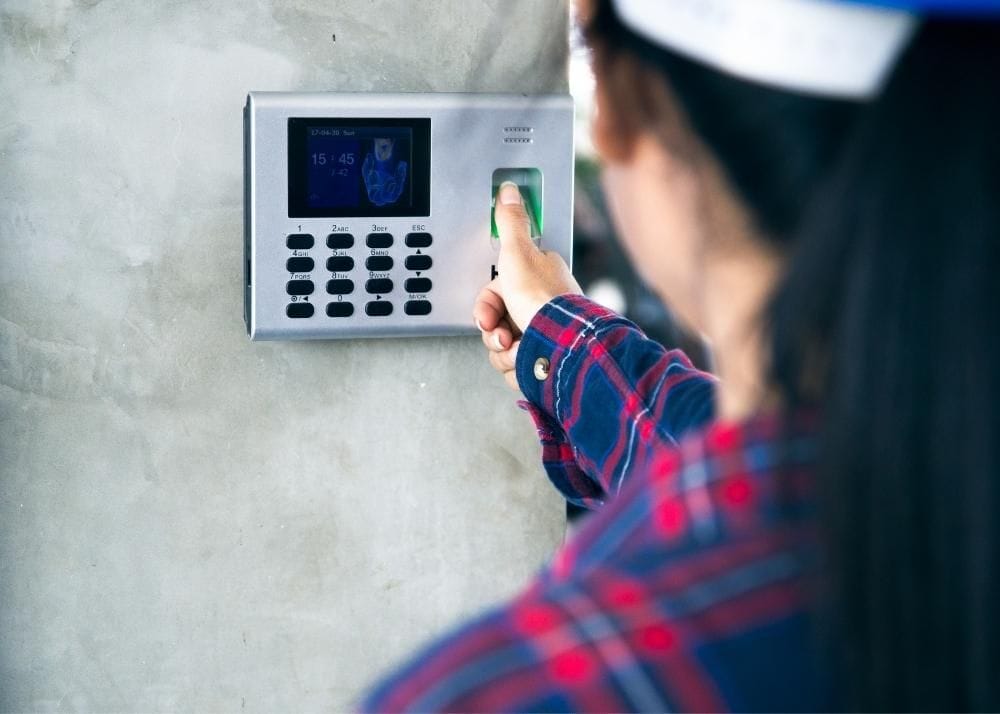Biometric scanners are the next big thing in the security business, and it makes sense. Looking at access control technologies for business security systems, the biggest hurdle isn't finding new and innovative ways to lock doors - it's finding more secure ways to authenticate identity. PINs can be discovered, cards can be copied, and keys can be pickpocketed. No security system is perfect, but when it comes to identity verification, a biometric scanners identification factors are hard to forge.
Biometrics literally means "the measuring of the living" - basically, body parts. Humans can do this quite easily, but since teaching a computer to recognize a person is not easy, it's broken down into manageable chunks. While computers can be programmed to recognize retinas, voices and even faces, some of the most common biometric scanners are designed for fingerprints.
Biometric access controls bring inherent advantages, like higher security and efficiency with reduced counterfeiting. They verify within seconds - or fractions of seconds - and prevent unnecessary physical contact. Iris, palmprint, and facial recognition, offer touchless access control, a hygienic practice more and more favoured as a result of the pandemic.


